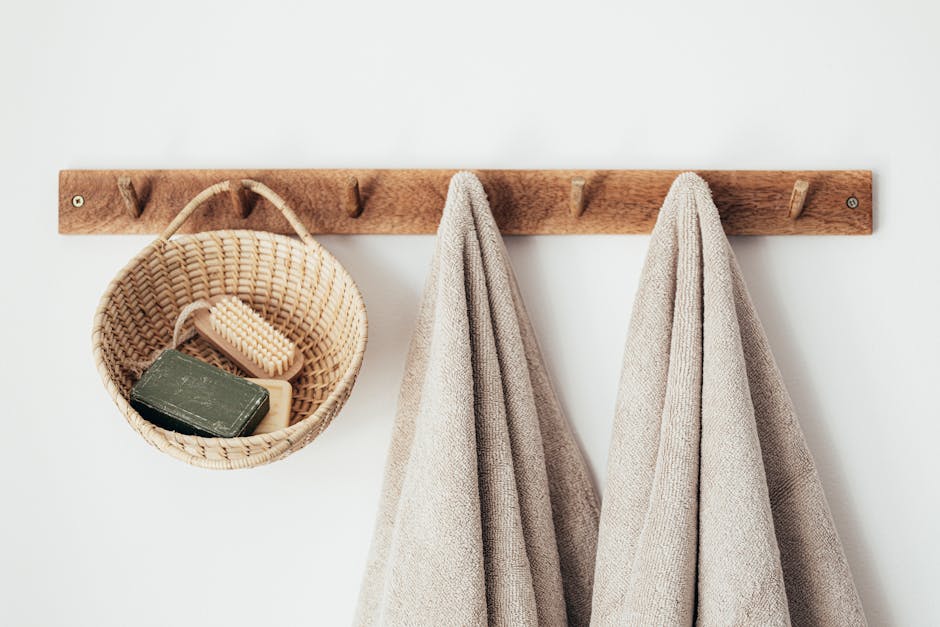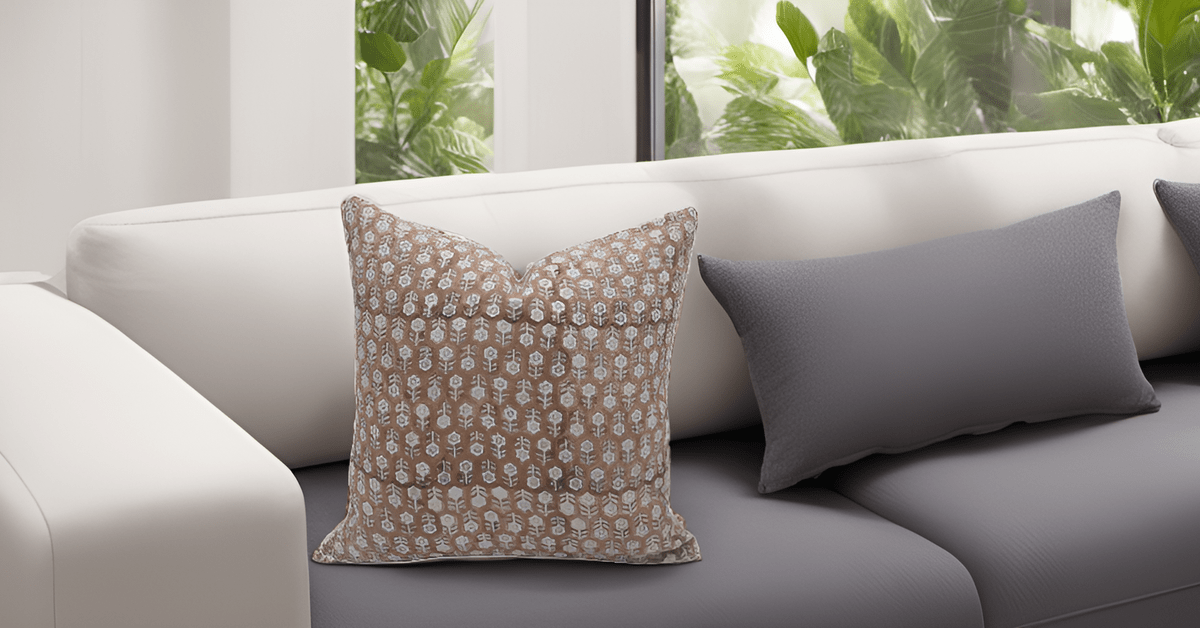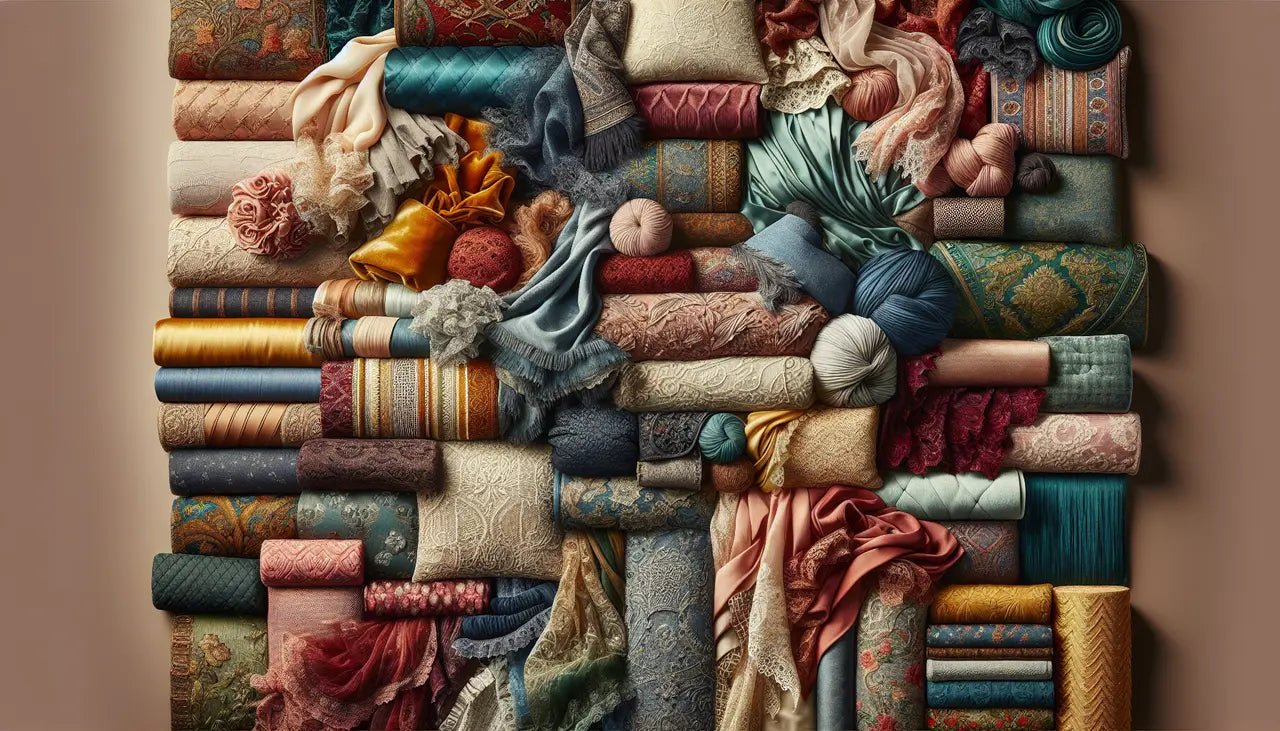Introduction to Eco-Friendly Home Decor Fabric
Choosing eco-friendly home decor fabric isn't just a trendy move; it's a vital step for your health and our planet's well-being. Imagine bringing items into your home that carry fewer chemicals, reducing your family's exposure to harmful substances. That's the promise of eco-friendly fabrics. They're made with natural or recycled materials, meaning less pollution in our air and water. Plus, these fabrics often come from processes that save on water and energy, making your decor choice a stand-up act for the environment. When you pick eco-friendly home decor fabrics, you're making a statement - you care about your health, and you're taking a stand to protect our earth. It's a simple switch with powerful consequences. Let's dive deeper into why this choice matters more than you might think.

The Health Benefits of Choosing Sustainable Home Decor Fabric
Choosing sustainable home decor fabric isn't just good for the planet, it's great for your health too. When you pick materials that are eco-friendly, you're also choosing fabrics that are likely free from harsh chemicals and toxins. These substances, often found in conventional fabrics, can off-gas into your home, deteriorating air quality and potentially causing health issues over time. Fabrics made from organic cotton, linen, hemp, or bamboo are not only grown without harmful pesticides but also processed without dangerous chemicals. This means cleaner air in your home and less exposure to allergens and irritants for you and your family. Plus, eco-friendly fabrics tend to be more durable and long-lasting, reducing the need for frequent replacements and further lessening your environmental impact. So, by choosing sustainable options, you're investing in your health and contributing to a healthier planet. It's a win-win.

How Conventional Home Decor Fabrics Harm the Environment
Conventional home decor fabrics often hide a not-so-pleasant truth. They come at a high cost to our planet. Many of these fabrics are made from synthetic materials that are not biodegradable. This means they hang around in landfills for hundreds of years, polluting our earth. To make matters worse, the production process of conventional fabrics usually involves harsh chemicals. These chemicals can end up in our waterways, harming wildlife and ecosystems. The energy used to produce and transport these materials also contributes to carbon emissions, playing a part in climate change. So, every yard of conventional fabric we choose has a ripple effect on the environment, affecting more than just our homes but our planet's health too.

The Role of Eco-Friendly Fabrics in Reducing Carbon Footprint
Choosing eco-friendly fabrics isn't just a trend, it's a game-changer for both our health and the planet. How? Well, conventional fabrics often come from processes that guzzle energy and water, plus they dump chemicals back into our earth. Eco-friendly fabrics, on the other hand, aim to lower this harsh impact. They're about using less water, less energy, and fewer chemicals. Think of it this way: every yard of eco-friendly fabric you choose over the conventional kind helps cut down on the bad stuff released into our air and water. This means a smaller carbon footprint. A smaller carbon footprint equals a happier, healthier planet. And a happier planet means a healthier us. It's a win-win. By picking curtains, couches, or beddings made from materials like organic cotton, hemp, or recycled polyester, you're not just decorating your home; you're taking a stand for our environment. So next time you're shopping for home decor, remember that the fabric choice matters more than just the color or pattern. It's about making a positive impact that counts.

Types of Sustainable Home Decor Fabric You Can Choose
When it's about decking out your space, picking the right fabric does more than just amp up the style quotient. Going for eco-friendly options plays a huge role in preserving our planet and keeping your home toxin-free. First up, let's talk organic cotton. It's a winner for those easy-breezy curtains since it dodges all the harmful pesticides used in conventional cotton farming. Then there's hemp – tough as nails and grown without fuss, meaning less water and no chemicals. Moving on, bamboo fabric steps in as a soft, yet resilient choice, thriving on minimal water and no pesticides, but watch out for the processing method to ensure it's truly eco-friendly. Recycled polyester, made from old plastic bottles, is another star for reducing waste and energy consumption. Lastly, wool – though it may not sound like the new kid on the block, responsibly sourced wool is brilliant for durable, fire-resistant items, minus the environmental toll. Go for these options, and you're not just sprucing up your space, you're also giving the planet a big high-five.

Certifications to Look For in Eco-Friendly Home Decor Fabric
When hunting for eco-friendly home decor fabric, certifications are the road signs that lead you to the good stuff. They tell you the fabric meets certain green standards, vital for your health and Mother Earth. Key certifications to keep an eye out for include Global Organic Textile Standard (GOTS), which ensures the fabric is organic and produced in an environmentally and socially responsible way. OEKO-TEX® Standard 100 certification means the fabric has been tested for harmful substances and is safe for direct skin contact. Don't overlook the Cradle to Cradle Certified™ products; this certification assesses a product's safety to humans and the environment, its design for future life cycles, and sustainable manufacturing processes. Lastly, GreenGuard indicates the fabric emits low chemical emissions, improving the quality of the air where you live. Choosing fabrics with these certifications helps breathe easier at home, knowing you've made a choice that's good for your health and the planet.

The Longevity and Durability of Sustainable Fabrics
Using sustainable fabrics for your home decor isn’t just about helping out the planet; it’s also about picking materials that are tough enough to stand the test of time. Fabrics like organic cotton, hemp, and bamboo are known for their durability. They can handle wear and tear without falling apart after a few years. This means, investing in eco-friendly fabrics might cost a bit more upfront, but it saves you money in the long run because you won't have to replace them as often. Plus, these materials are often produced in a way that minimizes harm to the environment. They require less water and pesticides to grow, and the processes used to turn them into fabrics are usually less harmful to our planet. So, when you choose sustainable fabrics, you’re not just getting a product that lasts longer; you’re also making a choice that benefits the earth.
How to Care for Eco-Friendly Home Decor Fabric
Taking care of eco-friendly home decor fabric is pretty straightforward and doing it right has perks for both your health and the environment. First things first, always check the care tag. This tag is your fabric's best friend, giving you the down-low on how to keep it looking its best without damaging the planet. For most eco-friendly fabrics, go for cold water when washing. It saves energy and is gentler on the fabric. Use a mild, eco-friendly detergent that's kind to the earth and your fabric. These detergents skip the harsh chemicals, reducing water pollution.
Drying? Air dry your fabrics when possible. It cuts down on energy use and helps your fabrics last longer. If you must use a dryer, opt for a low heat setting. Ironing should be on a low heat setting too, if the fabric even needs it. Remember, high heat can harm delicate eco-friendly fibers. For stains, act fast but gentle. Opt for natural stain removers over harsh chemicals. Baking soda and white vinegar can work wonders.
Lastly, think about storage. Keep your eco-friendly fabrics in a cool, dry place away from direct sunlight to prevent fading and maintain fiber integrity. Simple, right? With these care tips, your eco-friendly home decor fabrics won't just shine; they'll stand the test of time, all while keeping your conscience as clean as your decor.

Success Stories: Transformations with Eco-Friendly Home Decor
People are making the switch to eco-friendly home decor, and it's making a big difference. One family replaced all their synthetic curtains with organic cotton ones. They noticed fewer allergy symptoms within weeks. Another person chose to refurbish an old sofa with sustainably sourced wool instead of buying new. Not only did it look unique, but they also felt good about not contributing to landfill waste. A couple decided to use recycled glass tiles for their kitchen backsplash. It became a highlight of their home's aesthetic while being kind to the planet. These stories show that choosing eco-friendly home decor is not just a personal health choice but a step towards reducing environmental impact. It's about making mindful choices that benefit us and the earth.

Conclusion: Making a Difference with Your Home Decor Choices
Choosing eco-friendly home decor fabric isn't just about keeping up with trends; it's about making a substantial difference in the health of your family and the planet. By selecting materials that are sustainably sourced and free from harmful chemicals, you're reducing the toxic load in your home and contributing to less pollution in the environment. Every fabric choice you make, from curtains to couches, can be a step toward a healthier world. It's a simple switch with impactful benefits. Not only do eco-friendly fabrics often come with the perk of being more durable and easy to care for, but they also promote a cycle of sustainability that supports ethical labor practices and reduces waste. Remember, your spending power is a tool for change. By supporting companies that prioritize eco-conscious production, you're voting for a greener tomorrow. Let's make our homes safe havens for ourselves and safe for the planet.



